First Aid Kit for Travelling Australia
By TAWK Member Peter Bain
A First Aid Kit for travelling Australia is essential BUT it is also one of those things that many of us pack (if we remember), stashed somewhere in the back of the boot of the car or cupboard in the van, ’just in case’ we, or someone else requires some form of medical assistance.
Truth is, most of the time that’s where it stays as (thankfully), as it’s rare that it’s needed. When something does happen, you don your cape, race to drag out your kit, throw it open with pride and proceed to be the superhero of the occasion.
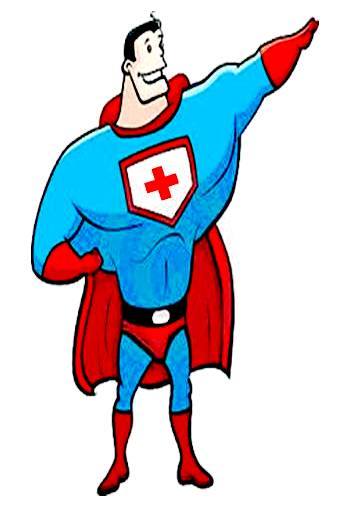
You then realise that you have no idea what’s in the kit. The bandages were used in the last horror party, the antiseptic is so far out of date it was probably made back when they used mercury and the once white sterile dressings have turned a curious shade of yellow!
The next thing to hit is the fact that you really have no idea what you are doing. In the meantime, the poor victim screams the heavens down, Ms Passerby is racing around in hysterics (someone sedate her PLEASE!!) and Old Mate nearby gleefully cracks jokes about how the doctors use a great big sewing machine to stitch it all back together (NOT HELPING!!!). Meanwhile you fumble through trying to find something that might help.
I would like to preface the following blurb by stating that I am NOT a medical professional. I have been a trained senior first aider for many years now, and with a love for the remote outdoors and 3 extremely active young boys, my kit has been opened more times than I would like!
Oddly enough, more for others than my own family. There are many others who have far more experience than myself in this field (nurses, paramedics etc.), but hopefully this will provide a kick start in the right direction and you can then fine tune your own first aid kit for travelling Australia, suitable for your requirements.
Whilst I may recommend things based on my experience, I will offer no instructions on how to use them. Read the next paragraph!!
Before purchasing any First Aid Kit for travelling Australia, I cannot stress enough the importance of going and doing an accredited course. There are a number of things in a First Aid Kit which if used inappropriately, can actually do more harm than good and cause issues for the professional treatment later.
Get all of your family involved if you can and Take a First Aid Course before you go
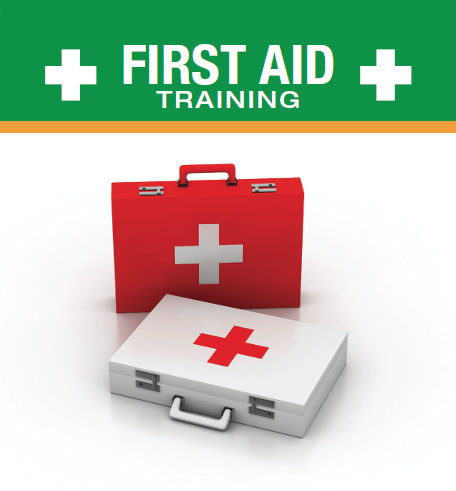
It will also help you to stay calm and in control in times of emergency and ensure you are better equipped to deal with those scenarios where a First Aid Kit is needed and those where it offers limited help, such as a stroke victim, CPR, or the stress of dealing with a severe laceration/amputation, all where time is super critical.
In these scenarios, YOU are the critical implement. You do not have the luxury of finding the little instruction manual, scrolling through the index, finding the relevant page, and then rifling through the kit to find what you might need. Recommended treatments change as better or more efficient methods are found, so it pays to keep up to date.
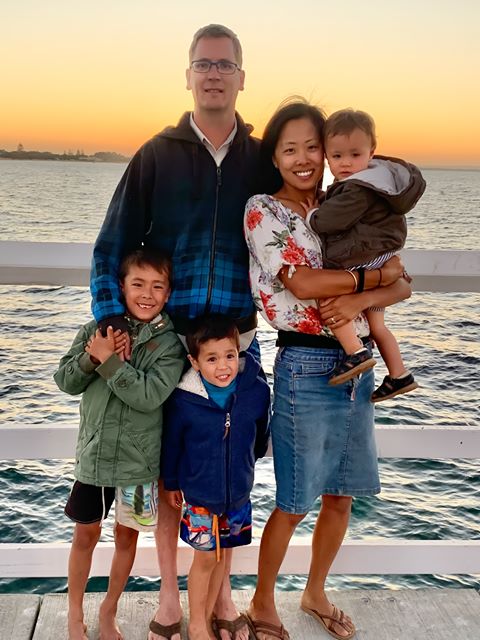
I still fight with my Grandmother over her desire to cover burns in honey or oil!!! It will also be a huge help in working out your own custom kit. Ring around and see what local training places have on offer. Some workplaces may even cover some or all the cost so worth asking the question.
I have a family of 5: myself, my wife and 3 pre-teen boys. Our First Aid Kit is the last thing to be packed into the boot, so it is always accessible. This is where it stays, safe from little fingers and that way we don’t need to remember to put it back in if we have parked the camper and are heading out on a day trip. Some people don’t recommend keeping generic medication (Panadol etc.) in the kit due to the risk of children getting into it, but at this stage, none of ours can open the car boot, so we keep all that stuff in the kit as well.
Your First Aid Kit for Travelling Australia
So, after that long-winded intro, onto the first aid kit for travelling Australia itself! Like insurance, it’s a necessary evil. One of those annoying things that takes a bit of cash, time and effort to setup, but when it is needed, it can really save lives, and it’s on those unforeseen occasions you will be so thankful that you made the effort.
And like insurance, the cheapest is not always the best. That could turn around and bite you hard, as it’s not just your car or boat at stake, but potentially your loved one’s life.
I bought a reasonably comprehensive kit initially, partly because it came in the box I wanted and had most of the things I needed and not too much I didn’t. There are other similar ones out there, but if you use what is included in this pack and my own modifications as a guide you should be pretty well sorted.
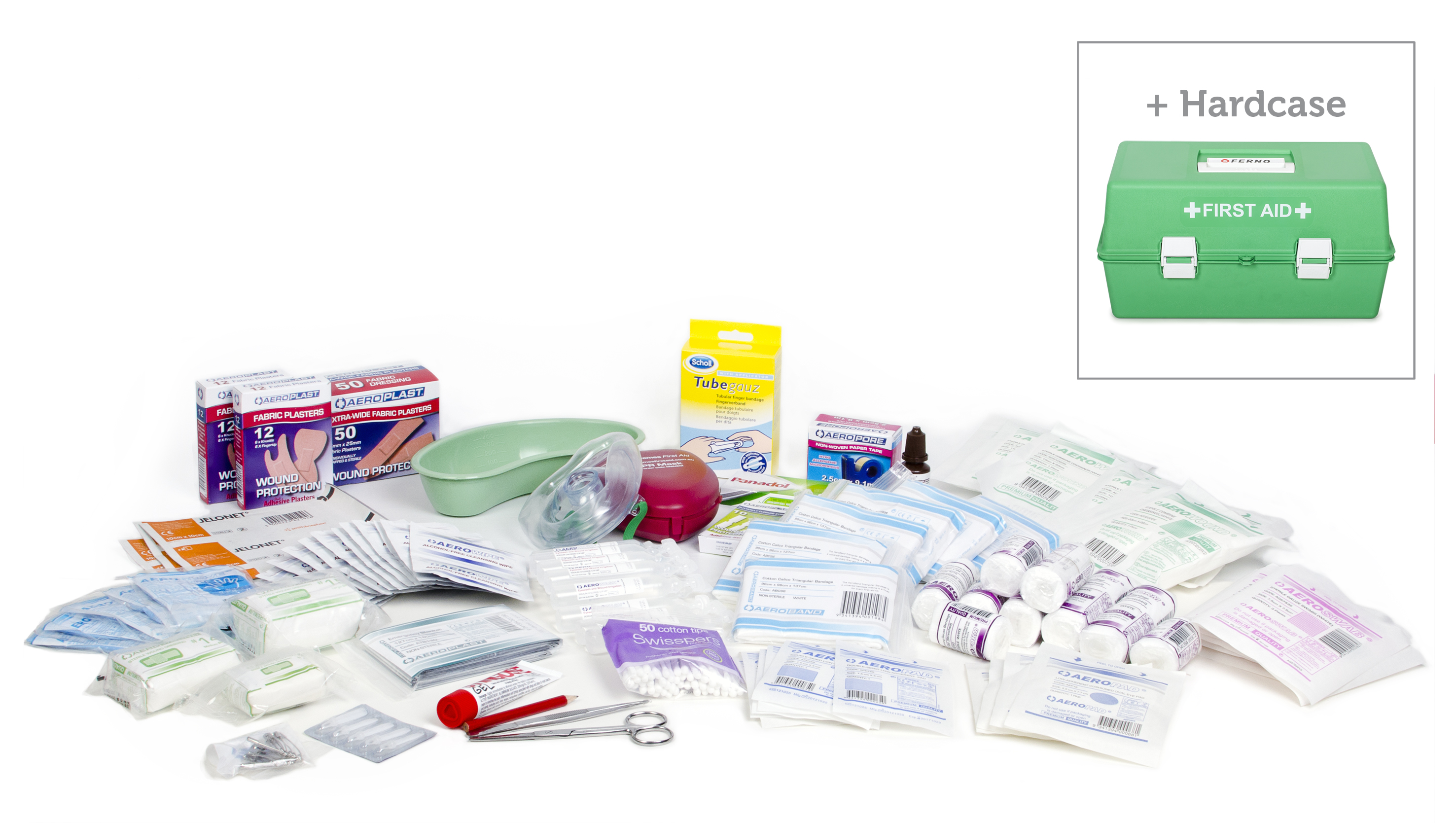
This is personal preference, but I like the green hard fishing tackle box style. I open it and everything is visible with plenty of compartments to soothe my OCD and have it all organised. I have had soft cases previously but found they were not as quick to grab what I needed as everything is stuffed in little elastic pockets (not always see through) and the larger ones also have a middle section so not everything is immediately visible when you first open it. But whatever suits you, just get one big enough to carry what you need without having to sit on it to close it as you will never find anything if it’s crammed full. I notice now they have a decent looking large softpack like you see the medics carrying round at events which looks interesting, might look at that when mine finally dies.
First thing I always do is ditch the blunt scissors and useless tweezers and replace them with something decent. Some quality little craft scissors and some hair removal tweezers work wonders. Ever tried to remove a splinter with the kit tweezers?? They are likely to need a skin graft by the time you have finished digging a hole with the stupid things. The hair removal tweezers have a nice flat end with a sharp corner, and they meet firmly along the entire edge. Something like this:
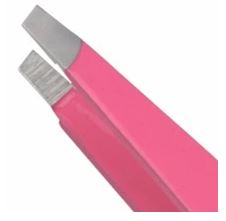
Next check to see if you have enough conforming gauze bandages (10cm wide) to cover an entire leg in case of a snake bite. Lots of kits don’t. The recommendation is about 10m long. This is a scenario where training is important. Wrap too tight and you may damage the limb by cutting off the blood flow. Not tight enough and you don’t restrict the blood flow enough and the venom is allowed to spread too quickly, and the victim will be dead before help arrives. What you can get now, and I have 2 of these, is a specific bandage for snake bites which has rectangles printed on it. When the bandage is stretched to the right tension, these become squares. Brilliant! I also keep a number of different sizes of conforming bandages are they are super useful for all sorts of things.
Now this is entirely up to you, as you may not feel comfortable rending help in a CPR scenario, but I carry a decent quality CPR mask. I would be very hesitant rending breaths to a complete stranger without it, especially if there is blood/vomit etc. around their mouth. Thankfully, I haven’t had to use it yet.
I also check that the kit has at least two triangle bandages. I carry 3-4 as they are very useful, not just for broken arms! Can be used to hold slings in place etc.
I then add the following:
Additions to your First Aid Kit for Travelling Australia
- Eye Wash Cup - I haven’t seen any kits with these yet. You can use the Sodium Chloride Eyewash in most kits, but some people prefer the cup. I have both.
- Disposable splinter removal pins - The normal pack of 5 does not last very long, so I add more.
- Band Aids - Good quality (waterproof) band aids of varying shapes and sizes, including some novelty ones for kits. The kid’s ones don’t have quite so aggressive adhesive so don’t hurt as much on removal and they love the pictures on them making applying and removing them a much more pleasant experience for all involved.
- Steri-Strips/Butterfly Closures - These are great! Very useful if the cut isn’t bad enough for stitches but could do with a bit of support or if it needs holding together to prevent from splitting until you can make it to hospital. My current kit came with some, but previous ones did not.
- Antiseptic Spray - Most kits will come with Detol or Riodine or similar, but not many people appreciate the thought of you prodding away on an open wound with a cotton bud or cotton wool. Kids tend to panic the moment you look like touching it. So the spray works wonders, assure them you won’t be prodding it at all, it’s just to kill the germs and then a couple quick squirts then stand back while they scream blue murder at you looking like you have just betrayed them in the worst way possible. This only works the first time… There are times you will need to clean it regardless of the hysterics… may the force be with you.
- Sun Screen - We habitually forget it with our beach/ski gear!! It’s bad I know, but the kit always has one and is with the car at all times, so we are never without.
- Instant Ice Packs - I add a large and a small instant ice pack. Fantastic inventions! If we are at camp, something from the freezer works, but otherwise these work well and are soft enough to follow the curves of a small head unlike a solid packet of frozen snags.
- Thermal blanket - My current kit came with one, previous ones did not. Never thought I would use it, but on being one of the first to a high-speed T-Bone accident the young woman who was starting to go into shock was very appreciative of the warmth. Speaking of… I need to buy a new one!
- Zip Lock Bags - As gruesome as it sounds, if an finger/toe gets removed, you will need something to put it in…
- Notepad and pencil - A strange one but get someone to write down anything and everything you can relevant to the event to quickly hand over to the emergency personnel when they arrive. What they were eating, any medication/allergies, what happened, any pre-existing injuries which may complicate things, your contact details etc.
Suggestions to remove from your First Aid Kit for Travelling Australia
OK, now the things I remove:
- Plastic Kidney Dish - Never used it and can’t really see when I would, it takes up a lot of space.
- Wound Dressings (the big chucky kind, No. 13, 14 and 15 are the common ones) - I keep 2 in and remove any extras. Not something I’ve ever used and hopefully never will. But as the kids get older and start swinging the axe around, you never know! They are quite bulky. In a workshop environment with machinery I always had extra, but the risk is pretty low for camping. Make your own mind up here
- The Stupid Supplied Scissors/Tweezers!
OK, you have done your course, got a good First Aid Kit for travelling Australia organised. Done deals? Not so fast… you will need to keep on top of this and maintain it.
Certain products have use by dates. Others you will use and need to replace (before you realise you’ve run out in the middle of an emergency). I do a thorough stock take once a year and replace stuff as I use it. Always do a check before any major trip as well.
Good luck, enjoy your travels, and I hope this little box never needs to be used in earnest. But hopefully if you can take something from my suggestions, if you are every presented with a serious scenario, you may just be able to save a life with your First Aid Kit for travelling Australia.
Disclosure: Throughout our site there may be some affiliate links including but not limited to Amazon. If you click them, we may get a small commission for your purchase but this is at NO additional cost to you. We might also get a benefit from our TAWKer Supporters BUT again at no additional cost to you. You get to something you want and we get to keep the lights on here at TAWK. #worksforbothofus Thanks for your support of us supporting you :)
TAWK accepts no liability for any situation arising from suggestions or businesses on the TAWK Site.
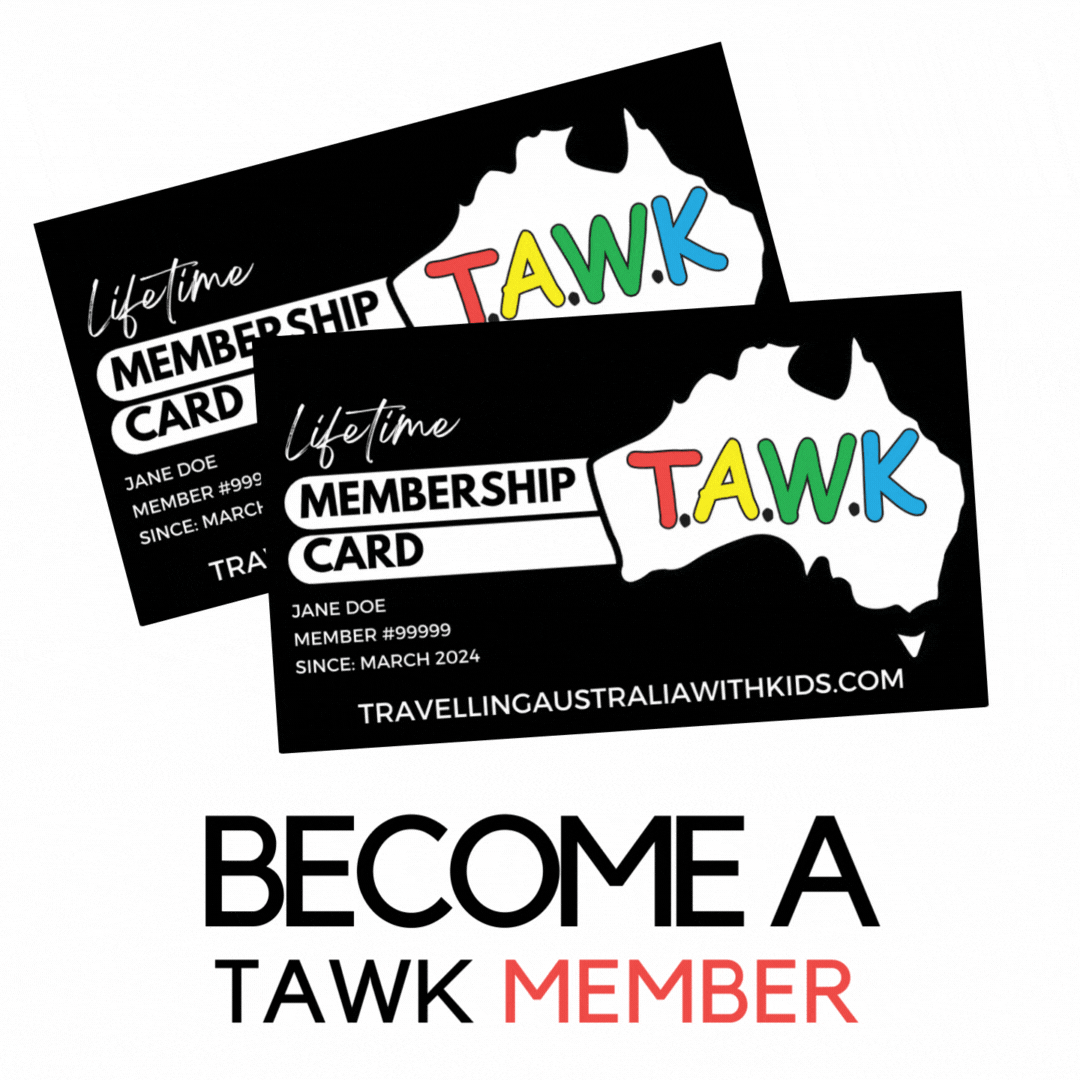
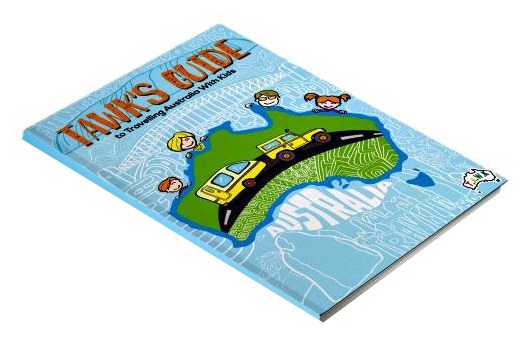
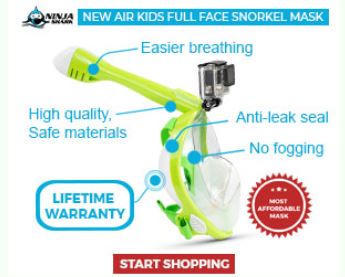
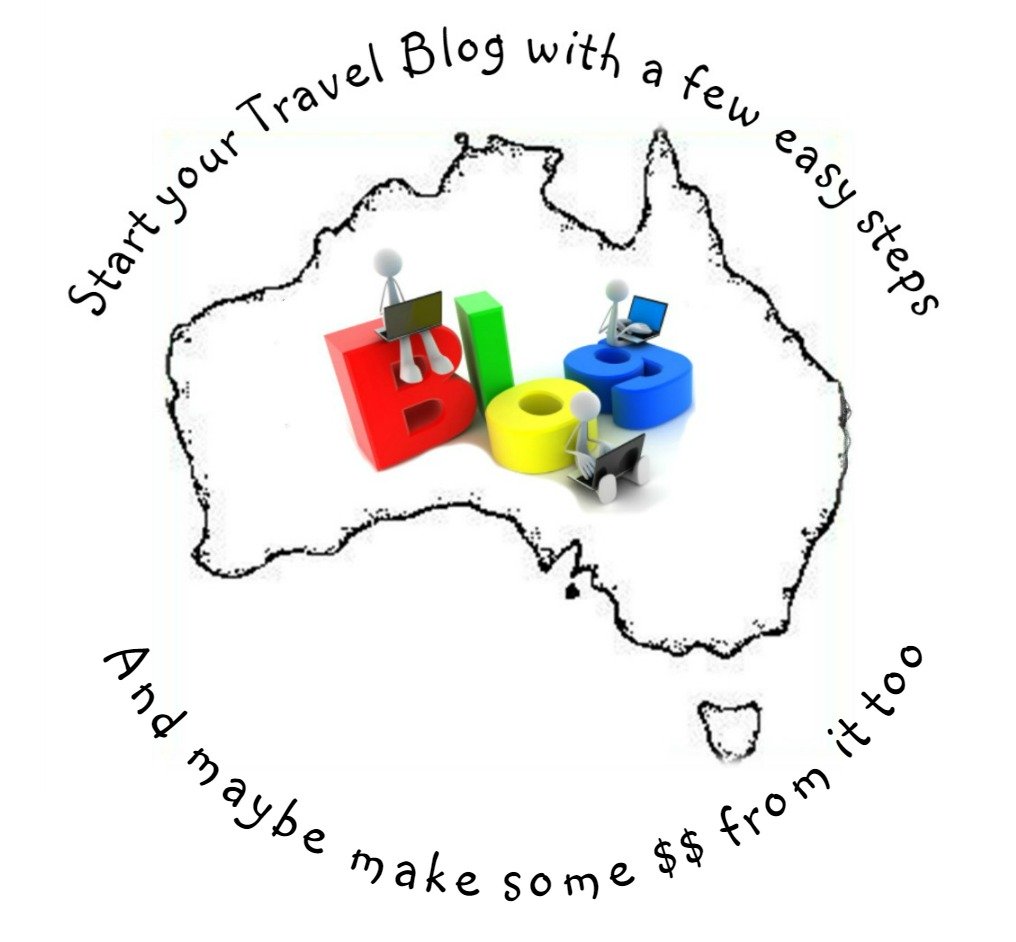
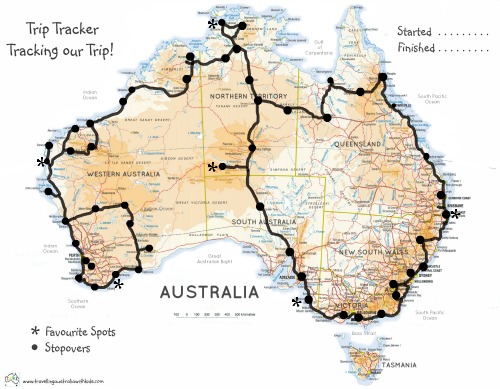
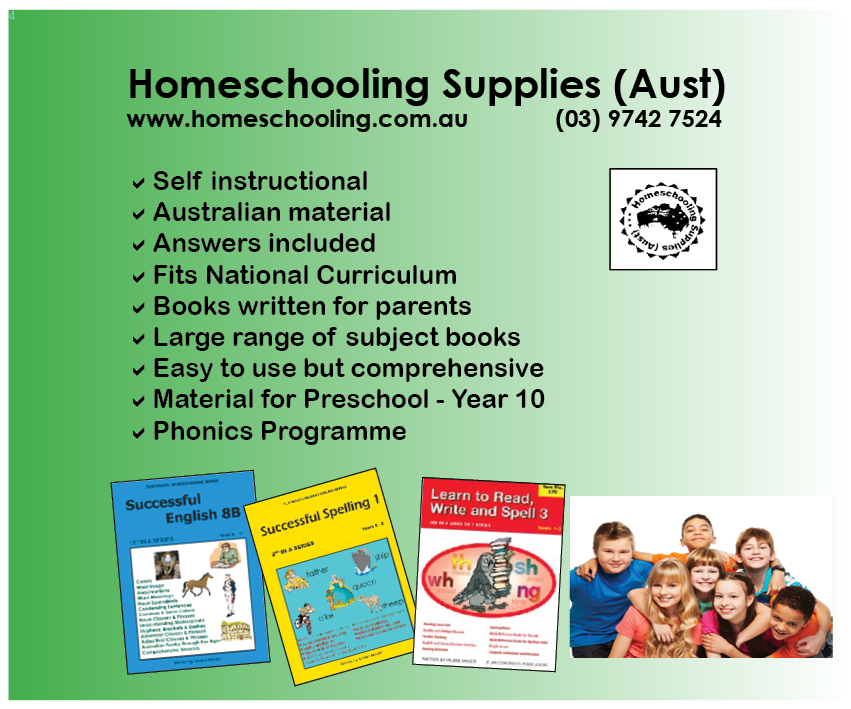
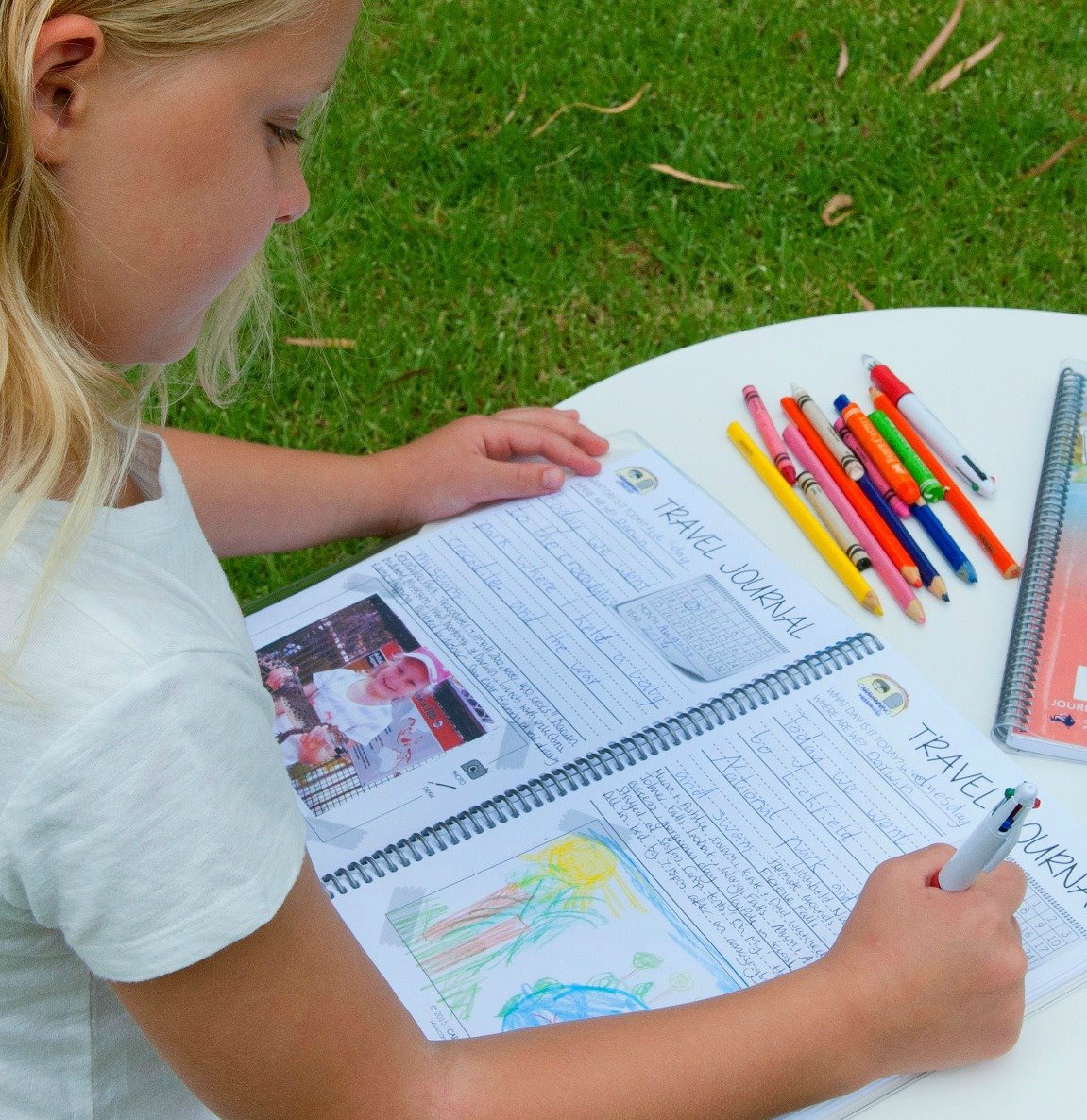

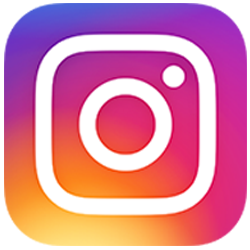

New! Comments
Join the TAWK community and leave your thoughts about this page and your experience here. It's all about helping each other and 'TAWKing' about it!